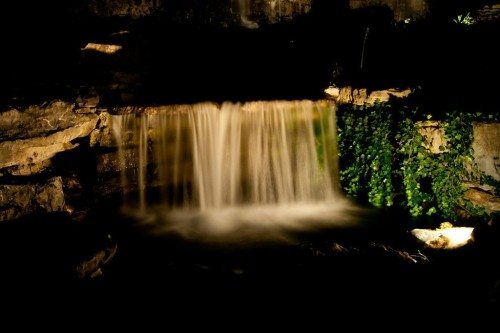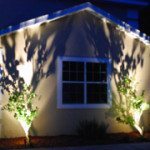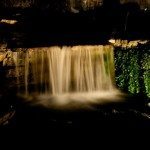
Lights for Outside Emphasize Landscape’s Special Features
So, you are contemplating lights for outside your residence. For These types of beautification projects to be successful and interesting, you are going to need a well thought out plan. You’ll want to take into consideration your landscaping, architectural features, and pathways. You should especially consider highlighting those features that you take pride in or consider your ‘trophies’. These are property features you enjoy and you want your friends and neighbors to enjoy when they come to visit.
When you start thinking about lights outside your home there are three primary uplighting techniques used by outdoor lighting professionals. They are front, back, and cross up-lighting. Consider using a mixture of the three when planning your design.
Lights for Outside – Techniques and Strategies



We’ve talked about lighting the features of your property, now let’s talk about lighting the pathways of your property. There are a few things you should consider when selecting pathway lighting. For example, should you use copper, plastic, brass or another material? Also, you should be thinking about light intensity for your pathways. Pathway lighting doesn’t have to illuminate the entire pathway. Go for a design that creates soft pools of light down the path. Another fun part of the pathway project is selecting the design of the pathway lights. This is where your personality will come into play!
As your planning lights for outside you’ll want to contemplate what features you plan to light. You should take your time and map out exactly what you want to accomplish. Remember there many different techniques you can utilize to make your design and your property more interesting. Whatever your plan, remember to have fun doing your lights for outside, don’t let them become stressful, good luck!


Sorry, the comment form is closed at this time.